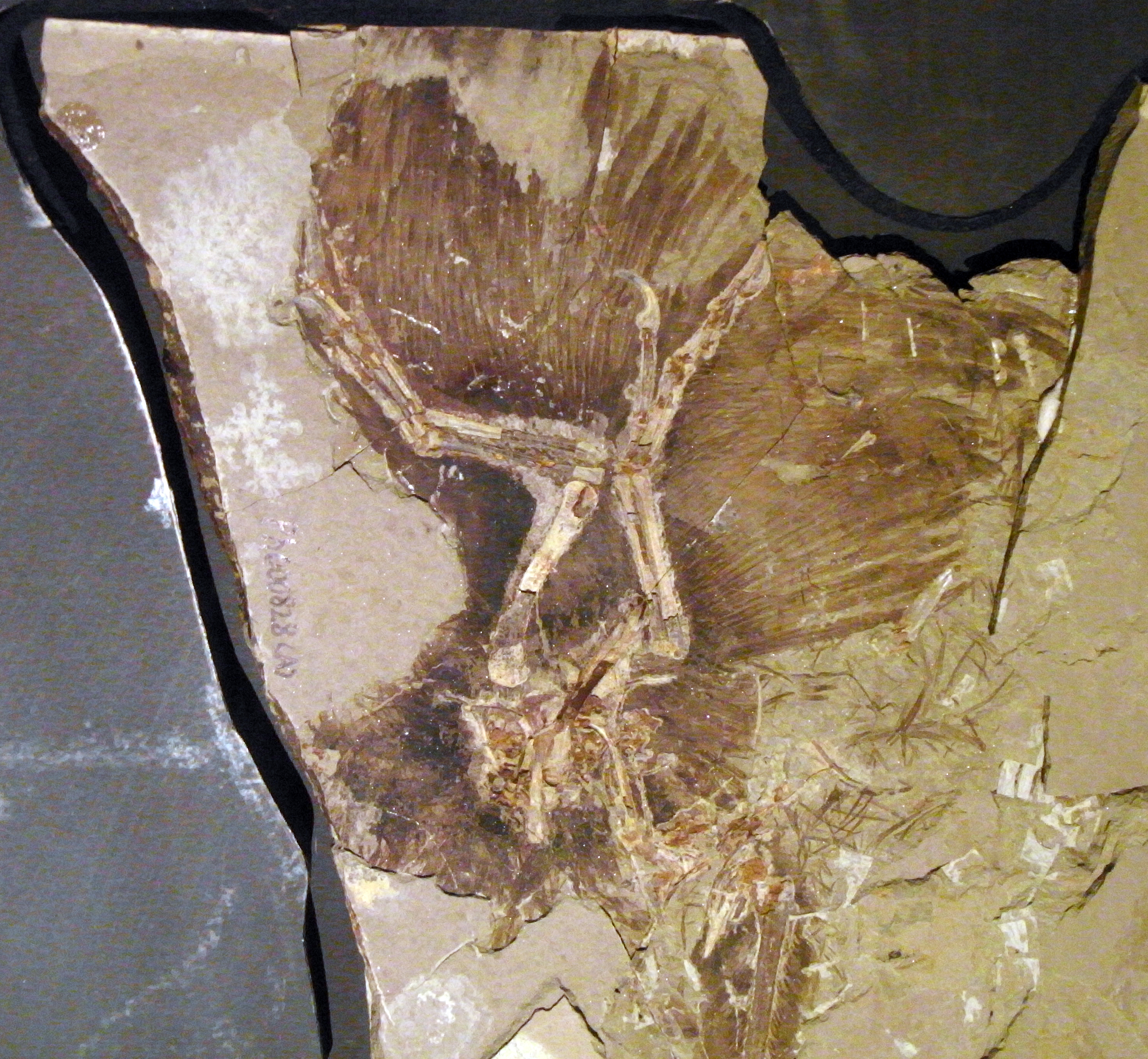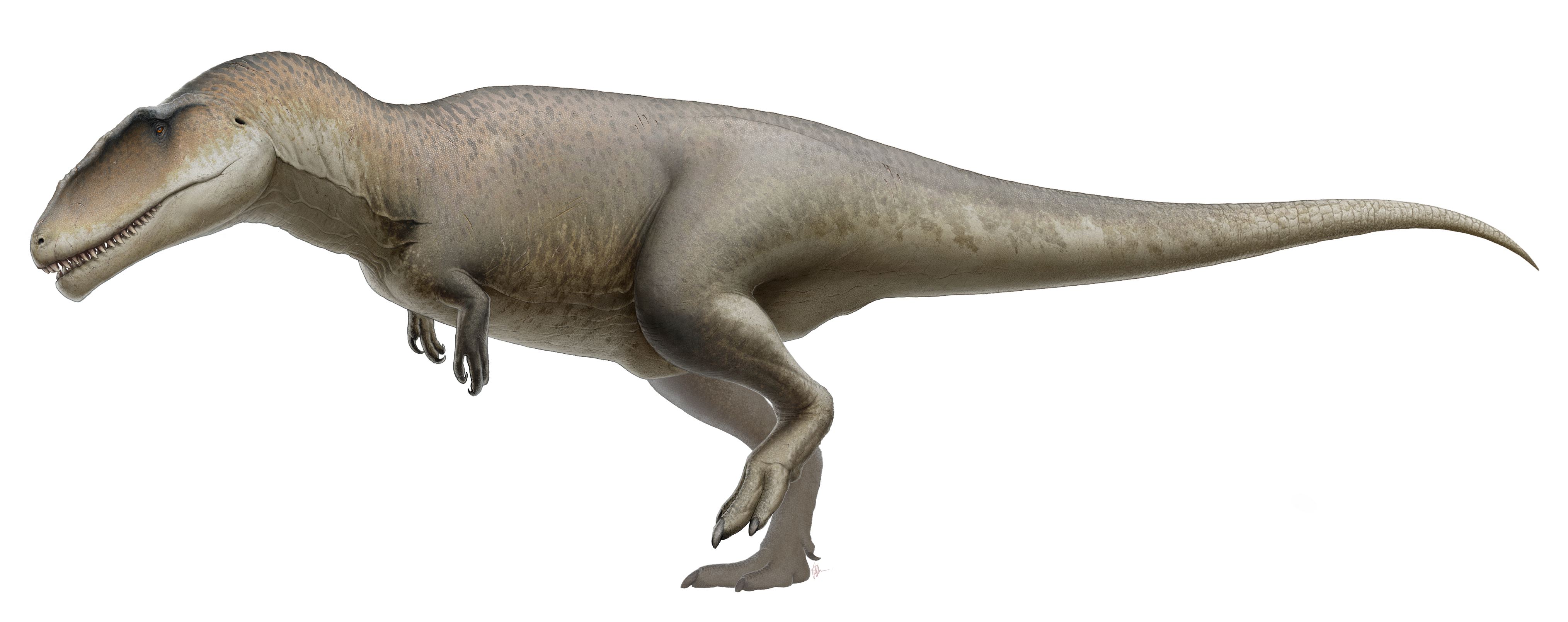|
Echkar Formation
The Echkar Formation is a geological formation comprising sandstones and claystones in the Agadez Region of Niger, central Africa. Description Its strata date back to the Late Albian to Late Cretaceous ( Cenomanian stages, about 100-95 million years ago). Dinosaur remains are among the fossils that have been recovered from the formation.Weishampel, David B; et al. (2004). "Dinosaur distribution (Early Cretaceous, Africa)." In: Weishampel, David B.; Dodson, Peter; and Osmólska, Halszka (eds.): The Dinosauria, 2nd, Berkeley: University of California Press. Pp. 571-573. . Fossil content In Abangarit-Tamesna at Fossilworks.org Vertebrates See also * |
Geological Formation
A geological formation, or simply formation, is a body of rock having a consistent set of physical characteristics ( lithology) that distinguishes it from adjacent bodies of rock, and which occupies a particular position in the layers of rock exposed in a geographical region (the stratigraphic column). It is the fundamental unit of lithostratigraphy, the study of strata or rock layers. A formation must be large enough that it can be mapped at the surface or traced in the subsurface. Formations are otherwise not defined by the thickness of their rock strata, which can vary widely. They are usually, but not universally, tabular in form. They may consist of a single lithology (rock type), or of alternating beds of two or more lithologies, or even a heterogeneous mixture of lithologies, so long as this distinguishes them from adjacent bodies of rock. The concept of a geologic formation goes back to the beginnings of modern scientific geology. The term was used by Abraham Gottlob ... [...More Info...] [...Related Items...] OR: [Wikipedia] [Google] [Baidu] |
Fossilworks
Fossilworks is a portal which provides query, download, and analysis tools to facilitate access to the Paleobiology Database, a large relational database assembled by hundreds of paleontologists from around the world. History Fossilworks was created in 1998 by John Alroy and is housed at Macquarie University. It includes many analysis and data visualization tools formerly included in the Paleobiology Database.{{cite web, title=Frequently asked questions, url=http://www.fossilworks.org/cgi-bin/bridge.pl?page=FAQ, publisher=Fossilworks, access-date=17 December 2021 References {{Reflist External links {{Wikidata property, P842 * [Baidu] |
Elosuchus
''Elosuchus'' is an extinct genus of neosuchian crocodyliform that lived during the Middle Cretaceous of what is now Africa (Niger, Morocco and Algeria). Description and taxonomy ''Elosuchus'' had an elongated snout like a gharial and was probably a fully aquatic animal. The type species, ''E. cherifiensis'' from Algeria and Morocco, was originally described as a species of '' Thoracosaurus'' by Lavocat, but was recognized as a genus separate from ''Thoracosaurus'' by de Broin in 2002. ''Elosuchus felixi'', described from the Echkar Formation of Niger, was renamed '' Fortignathus'' in 2016 and is either a dyrosaurid relative or a non-hyposaurine dyrosaurid.de Broin, F. de L., 2002, ''Elosuchus'', a new genus of crocodile from the Lower Cretaceous of the North of Africa: C. R. Palevol, v. 1, p. 275-285.Mark T. Young; Alexander K. Hastings; Ronan Allain; Thomas J. Smith (2016). "Revision of the enigmatic crocodyliform Elosuchus felixi de Lapparent de Broin, 2002 from the Lower–U ... [...More Info...] [...Related Items...] OR: [Wikipedia] [Google] [Baidu] |
Theropod
Theropoda (; ), whose members are known as theropods, is a dinosaur clade that is characterized by hollow bones and three toes and claws on each limb. Theropods are generally classed as a group of saurischian dinosaurs. They were ancestrally carnivorous, although a number of theropod groups evolved to become herbivores and omnivores. Theropods first appeared during the Carnian age of the late Triassic period 231.4 million years ago ( Ma) and included all the large terrestrial carnivores from the Early Jurassic until at least the close of the Cretaceous, about 66 Ma. In the Jurassic, birds evolved from small specialized coelurosaurian theropods, and are today represented by about 10,500 living species. Biology Diet and teeth Theropods exhibit a wide range of diets, from insectivores to herbivores and carnivores. Strict carnivory has always been considered the ancestral diet for theropods as a group, and a wider variety of diets was historically considered a character ... [...More Info...] [...Related Items...] OR: [Wikipedia] [Google] [Baidu] |
Theropoda
Theropoda (; ), whose members are known as theropods, is a dinosaur clade that is characterized by hollow bones and three toes and claws on each limb. Theropods are generally classed as a group of saurischian dinosaurs. They were ancestrally carnivorous, although a number of theropod groups evolved to become herbivores and omnivores. Theropods first appeared during the Carnian age of the late Triassic period 231.4 million years ago ( Ma) and included all the large terrestrial carnivores from the Early Jurassic until at least the close of the Cretaceous, about 66 Ma. In the Jurassic, birds evolved from small specialized coelurosaurian theropods, and are today represented by about 10,500 living species. Biology Diet and teeth Theropods exhibit a wide range of diets, from insectivores to herbivores and carnivores. Strict carnivory has always been considered the ancestral diet for theropods as a group, and a wider variety of diets was historically considered ... [...More Info...] [...Related Items...] OR: [Wikipedia] [Google] [Baidu] |
Elaphrosaurus
''Elaphrosaurus'' ( ) is a genus of ceratosaurian theropod dinosaur that lived approximately 154 to 150 million years ago during the Late Jurassic Period in what is now Tanzania in Africa. ''Elaphrosaurus'' was a medium-sized but lightly built member of the group that could grow up to long. Morphologically, this dinosaur is significant in two ways. Firstly, it has a relatively long body but is very shallow-chested for a theropod of its size. Secondly, it has very short hindlimbs in comparison with its body. Phylogenetic analyses indicate that this genus is likely a ceratosaur. Earlier suggestions that it is a late surviving coelophysoid have been examined but generally dismissed. ''Elaphrosaurus'' is currently believed to be a very close relative of ''Limusaurus'', an unusual beaked ceratosaurian which may have been either herbivorous or omnivorous. Discovery The type specimen of ''Elaphrosaurus bambergi'' HMN Gr.S. 38–44 was recovered in the Middle Dinosaur Member of the ... [...More Info...] [...Related Items...] OR: [Wikipedia] [Google] [Baidu] |
Ceratodus
''Ceratodus'' (from el, κέρας , 'horn' and el, ὀδούς 'tooth') was a wide-ranging genus of extinct lungfish. Fossil evidence dates back to the Early Triassic. A wide range of fossil species from different time periods have been found around the world in places such as the United States, Argentina, Greenland, England, Germany, Egypt, Madagascar, China, and Australia.Agnolin, F. L., Mateus O., Milàn J., Marzola M., Wings O., Adolfssen J. S., & Clemmensen L. B. (2018). Ceratodus tunuensis, sp. nov., a new lungfish (Sarcopterygii, Dipnoi) from the Upper Triassic of central East Greenland. Journal of Vertebrate Paleontology. e1439834 ''Ceratodus'' is believed to have become extinct sometime around the beginning of the Eocene Epoch. The closest living relative of ''Ceratodus'' is thought to be the Queensland lungfish, ''Neoceratodus forsteri'', which means "new ''Ceratodus''" in Greek. Species * ''C. latissimus'' Agassiz, 1837 ( type) * ''C. eruciferus'' Cope, 1876 (''nom ... [...More Info...] [...Related Items...] OR: [Wikipedia] [Google] [Baidu] |
Carcharodontosaurus
''Carcharodontosaurus'' (; ) is a genus of large carcharodontosaurid theropod dinosaur that existed during the Cenomanian age of the Late Cretaceous in Northern Africa. The genus ''Carcharodontosaurus'' is named after the shark genus '' Carcharodon'', itself composed of the Greek (, meaning "jagged" or "sharp") and (, "teeth"), and the suffix ' ("lizard"). It is currently known to have two species: ''C. saharicus'' and ''C. iguidensis''. History of discovery In 1924, two teeth were found in the Continental intercalaire of Algeria, showing what were at the time unique characteristics. These teeth were described by Depéret and Savornin (1925) as representing a new taxon, which they named ''Megalosaurus saharicus'' and later categorized in the subgenus '' Dryptosaurus''. Some years later, paleontologist Ernst Stromer described the remains of a partial skull and skeleton from Cenomanian aged rocks in the Bahariya Formation of Egypt (Stromer, 1931); originally excavated in 19 ... [...More Info...] [...Related Items...] OR: [Wikipedia] [Google] [Baidu] |
Bahariasaurus Ingens, Like Megaraptora
''Bahariasaurus'' (meaning "Bahariya lizard") is an enigmatic genus of large theropod dinosaur. ''Bahariasaurus'' is known to have included at least 1 species, ''Bahariasaurus ingens'', which was found in North African rock layers dating to the Cenomanian and Turonian ages of the Late Cretaceous. The only fossils confidently assigned to ''Bahariasaurus'' were found in the Bahariya Formation of the Bahariya (Arabic: الواحة البحرية meaning the "northern oasis") oasis in Egypt by Ernst Stromer but were destroyed during a World War II bombing raid with the same raid taking out the holotype of ''Spinosaurus'' and '' Aegyptosaurus'' among other animals found in the Bahariya Formation. While there have been more fossils assigned to the genus such as some from the Farak Formation of Niger, these remains are referred to with much less certainty. ''Bahariasaurus'' is, by most estimations, one of the largest theropods, approaching the size of other large bodied theropods such ... [...More Info...] [...Related Items...] OR: [Wikipedia] [Google] [Baidu] |
Bahariasaurus
''Bahariasaurus'' (meaning " Bahariya lizard") is an enigmatic genus of large theropod dinosaur. ''Bahariasaurus'' is known to have included at least 1 species, ''Bahariasaurus ingens'', which was found in North African rock layers dating to the Cenomanian and Turonian ages of the Late Cretaceous. The only fossils confidently assigned to ''Bahariasaurus'' were found in the Bahariya Formation of the Bahariya (Arabic: الواحة البحرية meaning the "northern oasis") oasis in Egypt by Ernst Stromer but were destroyed during a World War II bombing raid with the same raid taking out the holotype of ''Spinosaurus'' and '' Aegyptosaurus'' among other animals found in the Bahariya Formation. While there have been more fossils assigned to the genus such as some from the Farak Formation of Niger, these remains are referred to with much less certainty. ''Bahariasaurus'' is, by most estimations, one of the largest theropods, approaching the size of other large bodied theropods s ... [...More Info...] [...Related Items...] OR: [Wikipedia] [Google] [Baidu] |
Araripesuchus Patagonicus SEND
''Araripesuchus'' is a genus of extinct crocodyliform that existed during the Cretaceous period of the late Mesozoic era some 125 to 66 million years ago. Six species of ''Araripesuchus'' are currently known. They are generally considered to be notosuchians (belonging to the clade Mesoeucrocodylia), characterized by their varied teeth types and distinct skull elements. This genus consists of six species: ''A. buitreraensis'', discovered in Argentina, ''A. wegeneri'', discovered in Cameroon and Niger, ''A. rattoides'', discovered in Niger, ''A. tsangatsangana'', discovered in Madagascar, ''A. gomesii'' (the type species), discovered in Brazil and another species discovered in Argentina, ''A. patagonicus''. Description Its length was about with a weight of . ''Araripesuchus'' can be distinguished by their laterally bulged edges of the snout, with the bulge being the most prominent around the area of an enlarged maxillary tooth. The snout and premaxilla are also smoother than that ... [...More Info...] [...Related Items...] OR: [Wikipedia] [Google] [Baidu] |
Araripesuchus
''Araripesuchus'' is a genus of extinct crocodyliform that existed during the Cretaceous period of the late Mesozoic era some 125 to 66 million years ago. Six species of ''Araripesuchus'' are currently known. They are generally considered to be notosuchians (belonging to the clade Mesoeucrocodylia), characterized by their varied teeth types and distinct skull elements. This genus consists of six species: ''A. buitreraensis'', discovered in Argentina, ''A. wegeneri'', discovered in Cameroon and Niger, ''A. rattoides'', discovered in Niger, ''A. tsangatsangana'', discovered in Madagascar, ''A. gomesii'' (the type species), discovered in Brazil and another species discovered in Argentina, ''A. patagonicus''. Description Its length was about with a weight of . ''Araripesuchus'' can be distinguished by their laterally bulged edges of the snout, with the bulge being the most prominent around the area of an enlarged maxillary tooth. The snout and premaxilla are also smoother than that o ... [...More Info...] [...Related Items...] OR: [Wikipedia] [Google] [Baidu] |









